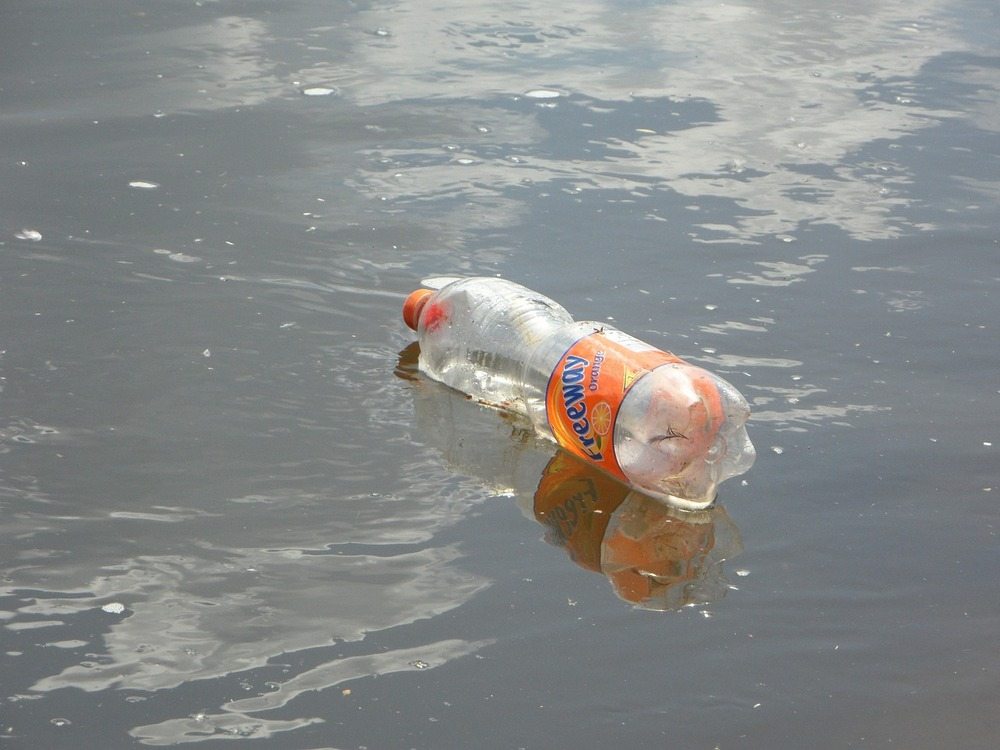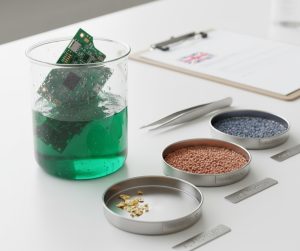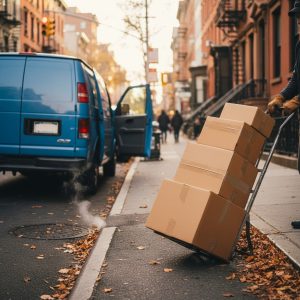What do 745 blue whales, 12,219 Tyrannosaurus Rexes, and 20,853 hippopotamuses have in common?
They weigh the same as the amount of visible (remember that word) plastic garbage floating in the North Pacific Ocean right now.
Now try to wrap your head around that information. To say that it’s massive would be a terrible, terrible understatement.
Contents
From Ocean Garbage to Your Plate: The Shocking Truth
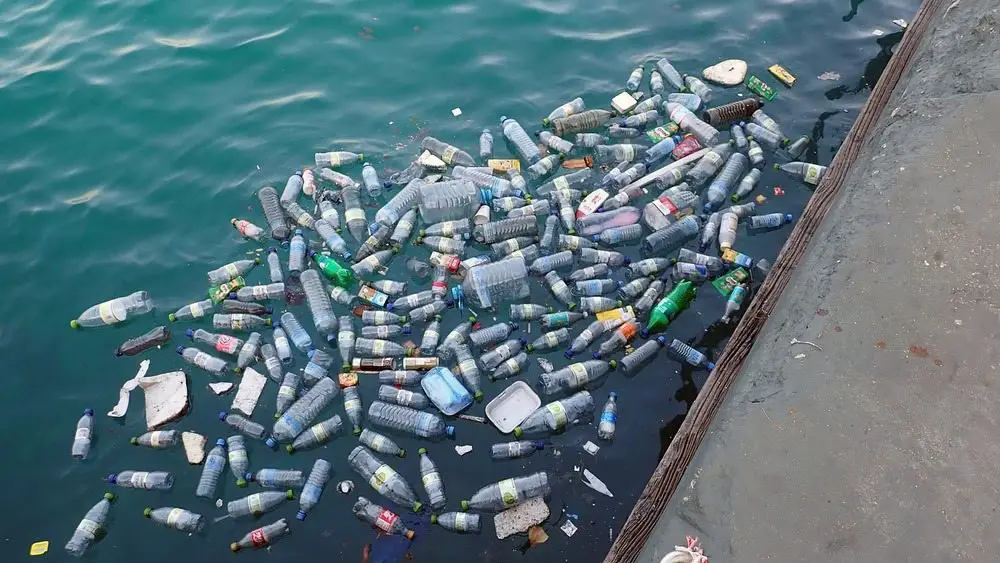
There’s Garbage Out There…
The Great Pacific Garbage Patch is a soup of plastic in the North Pacific Ocean. Scientists have recently reassessed the patch and now estimate that it weighs approximately 78,200 tonnes – considerably higher than previous estimates. In short, the garbage problem is growing. And growing! And yes, as I’ll explain shortly, you’re probably eating it!
Through aerial surveys and drag netting, they were also able to determine its estimated size. It occupies 1.6 million square kilometers. To visualize that, it’s about the same size as Queensland, Australia or three times the size of Texas, USA.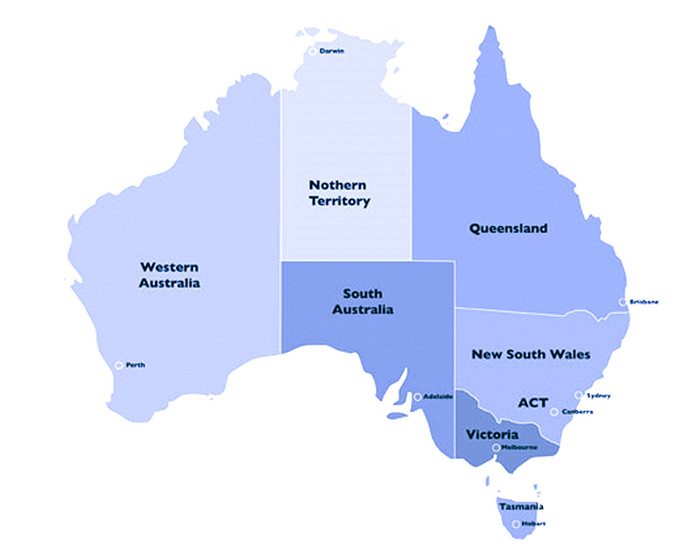
The scientists said they were surprised that most of the trawled garbage was made of larger pieces. And that about 30 percent appeared to have come from Japan after the tsunami in 2011. But does it matter whether it’s big or small? Or that it came from somewhere else? Garbage is garbage.
It’s Becoming an Increasing Global Concern!
We use plastic every day of our lives. Not an hour goes by without us touching something that is made of plastic. While there are benefits to using plastic, disposing of it has become a major problem. Sadly, a lot of it finds it’s way into our oceans and then into our food!
Do you remember that word ‘visible’ up there in the second paragraph? There is an even bigger concern and that is micro-plastics. These are the gazillions of small to tiny pieces of plastic that result from the degradation of and gradual – but constant – breaking down of larger pieces of plastic.
Think of all those tar-filled cigarette butts – every one of them breaking down into about 12,000 almost indestructible micro-fibers! The total of micro-plastics in our oceans is estimated at twice the weight of visible plastics!
Micro-plastics are ingested by everything in the ocean from zooplankton, to fish to whales and ultimately, by us when we consume seafood. In other words, this really is your problem.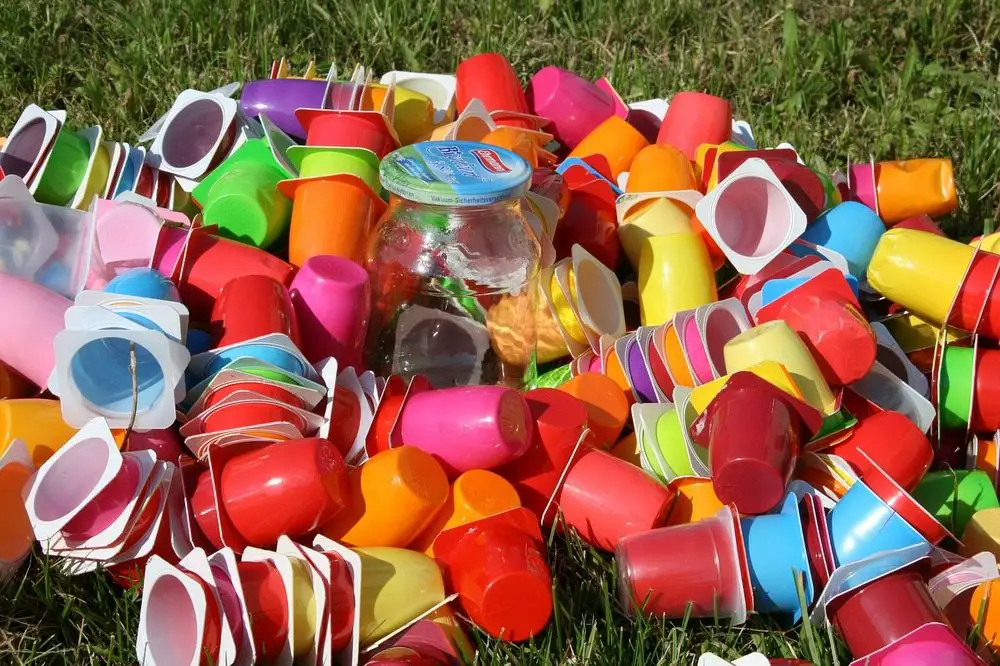
Then there’s PET!
Pet plastics are not only immensely strong and durable, PET is also heavier than water so it sinks to the ocean floor. All the above estimates are based on surface trawling and subsequent measurements. PET containers, unless they are sealed and floating, are not included.
The presence of garbage in bodies of water has become a global concern. We’ve all seen images of turtles, dolphins, seabirds and seals dead or dying because of plastics. There are some very innovative proposals for cleaning our oceans by recycling the visible plastics. But how about we do everything we can to minimize the risk in the first place?
So what do we do about it? How can we do our part?
We use packaging wisely. We choose biodegradable products. We recycle.
Our planet is a biosphere made up of millions of interdependent species, We are one of them… every bit as dependent as any other creature. Our ancestors understood this and many First Nations people still do. We humans need to all relearn how to exist and co-exist with other living things. It may sound cliché but this is the only planet we have. If we don’t take care of Earth, who else will?
I set a goal years ago of picking up just one piece of rubbish every day. Some days I miss but on others I might collect 10 or 20. It doesn’t make much of a difference but if every human picked up a single piece every day, what a wonderful world it could be.
What do you think we can do to end this problem?

